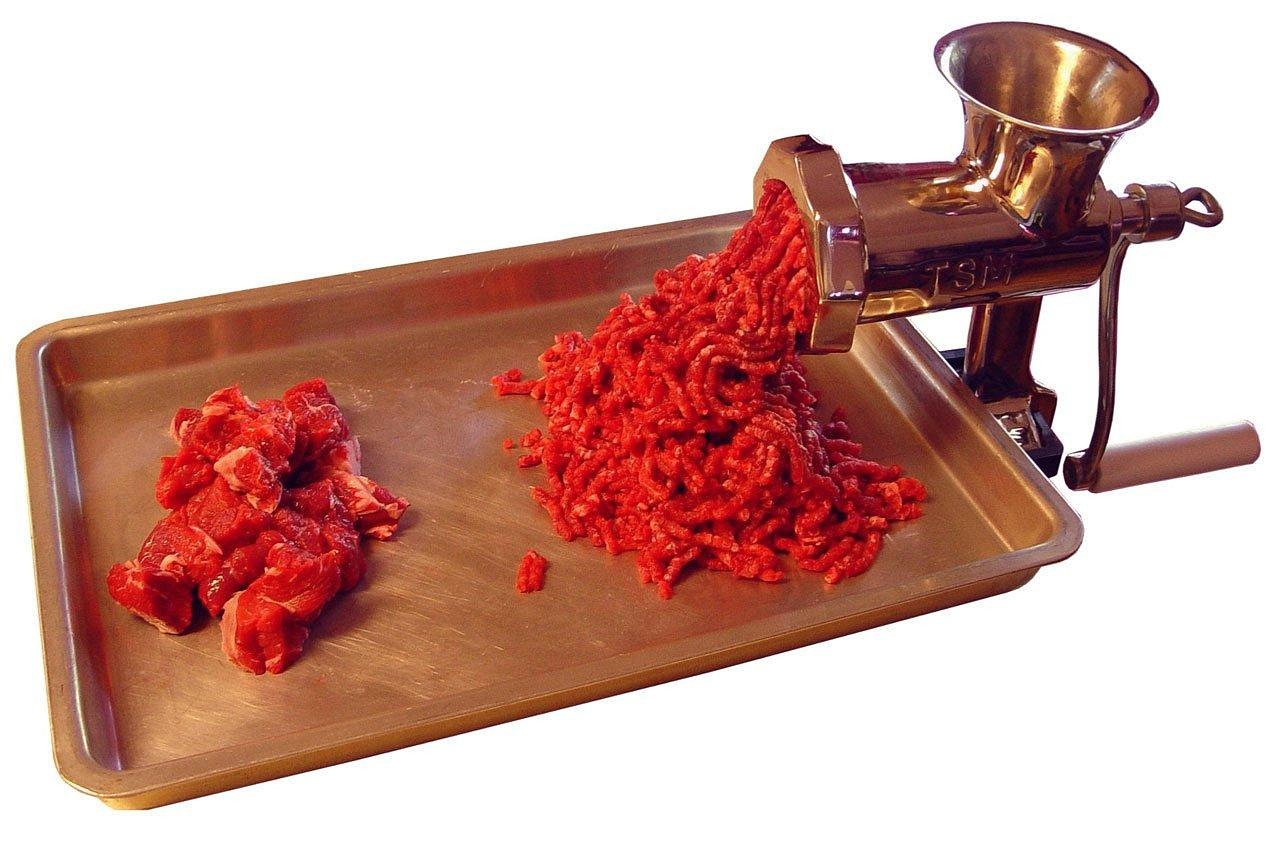The Definitive Used Meat Grinder Guide: Evaluating Value, Safety, and Performance
Acquiring a used meat grinder can be an excellent way to access commercial-grade power or durable vintage quality without the steep investment of a new unit. However, unlike purchasing a new appliance, buying used equipment—especially one involved in food preparation—requires meticulous inspection, rigorous sanitation, and a deep understanding of mechanical integrity. This comprehensive guide provides the necessary framework for evaluating potential purchases, ensuring both operational excellence and critical food safety.
Why Choose a Used Meat Grinder? Analyzing the Value Proposition
The decision to opt for a used model is often driven by economics, but it also touches upon durability and sustainability. Understanding the trade-offs is crucial for making an informed decision.
Cost Savings vs. Hidden Risks
The primary advantage of purchasing a used meat grinder is the significant cost reduction, often 50% to 75% off the retail price of a comparable new model. This is particularly true for heavy-duty commercial units or older, high-quality residential models. However, these savings must be weighed against potential hidden costs:
- Replacement Parts: Worn-out knives, plates, or bushings may need immediate replacement, adding to the initial cost.
- Motor Wear: For electric models, the motor’s lifespan is unknown. A failing motor can lead to expensive repairs or total unit replacement.
- Sanitation Effort: The time and resources required for proper deep cleaning and sterilization must be factored in.
Durability and Vintage Quality (The Cast Iron Advantage)
Many older, manual meat grinders and some early electric models were constructed using heavy-duty, often cast iron, components designed for longevity. These materials often surpass the durability of modern, lighter-weight alloys or plastic housings found in entry-level new grinders. Properly maintained, a vintage cast iron grinder can last generations. However, cast iron requires specific care, including immediate drying and seasoning after use, to prevent rust and corrosion, a critical factor when assessing a [used meat grinder guide](https://meatgrinderhelp.com/buy-meat-grinder-guide
Last Updated on October 14, 2025 by Robert Vance

